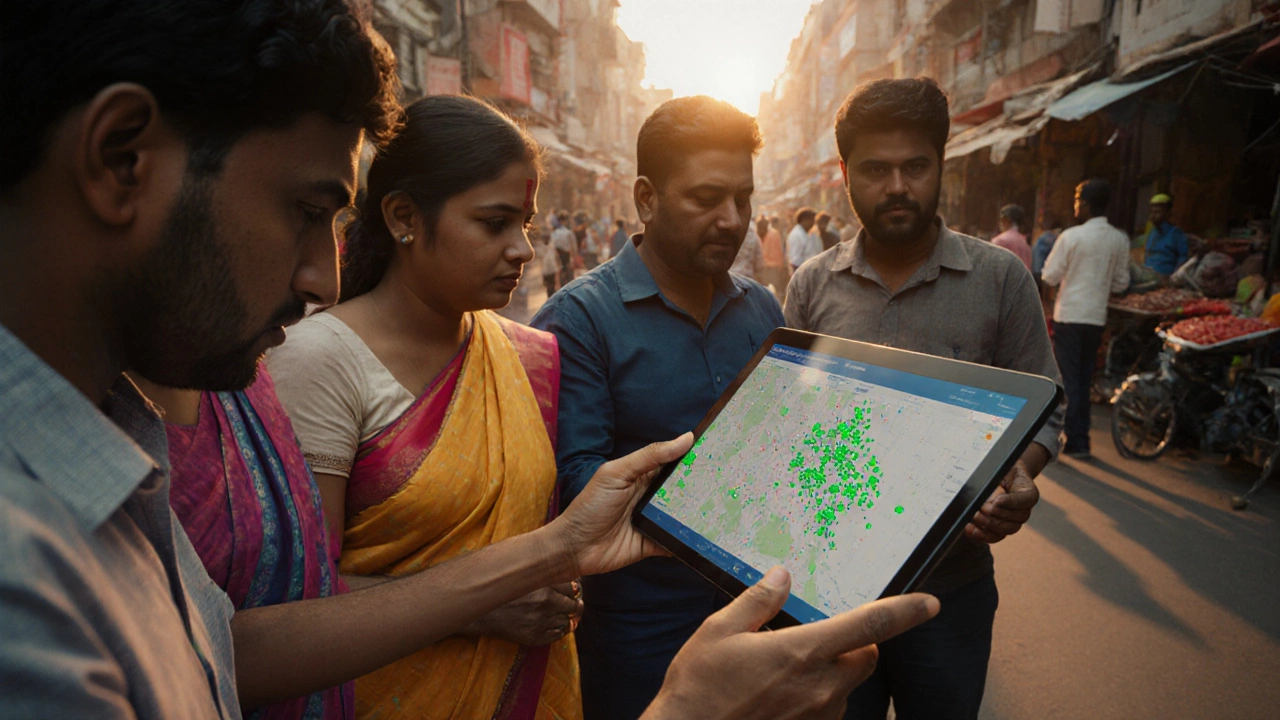Core Functions of Public Health: What They Are and How They Save Lives
When we talk about the core functions of public health, the essential activities that protect and improve community health through prevention, policy, and education. Also known as public health pillars, these are the unseen systems that stop outbreaks before they start, clean our air and water, and teach people how to stay healthy—not just treat them when they’re sick. This isn’t about hospitals or doctors in white coats. It’s about the work done behind the scenes: tracking diseases, running vaccine drives, banning smoking in public places, and making sure every child gets clean drinking water.
These functions don’t work alone. They rely on three key partners: public health programs, organized efforts like polio vaccination campaigns or maternal care initiatives that deliver services at scale, public health intervention, targeted actions—like sugar taxes or smoke-free laws—that change behavior to prevent illness, and health education, the simple, clear messaging that helps people understand risks and make better choices. You see these every day: a poster about handwashing in a school, a mobile clinic in a rural village, a government ad on TV about diabetes prevention. These aren’t random acts. They’re built on the three core functions: assessment (finding out what’s wrong), policy development (making rules to fix it), and assurance (making sure the fix actually happens).
India’s public health system has used these functions to wipe out polio, cut tobacco use by millions, and bring clean water to thousands of villages. The same tools are now being used to fight diabetes, mental health stigma, and air pollution. What’s powerful is how simple these tools are—not high-tech gadgets, but clear rules, trusted messengers, and consistent action. You don’t need a lab to run a vaccination drive. You just need to know who’s at risk, how to reach them, and how to keep the supply going.
What you’ll find below are real stories of these functions in action. From the design of a nationwide immunization plan to the quiet work of a health worker convincing a family to use a toilet, these posts show how public health isn’t about grand speeches—it’s about daily choices that add up to life-saving change.




